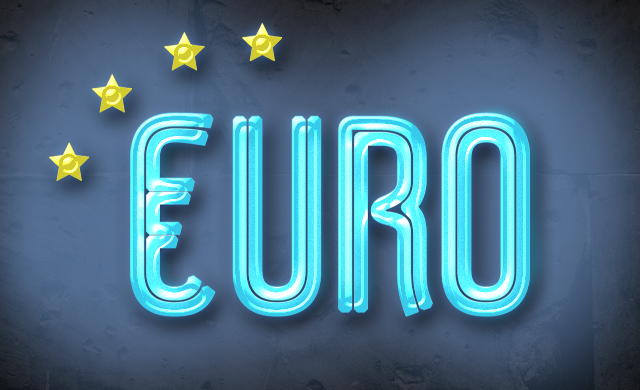On the back of smaller Fed rate hike expectations, the EUR/USD pair surged over 11% over the past three months. Against the Swiss franc, the European currency even returned to parity for the first time since July. Wells Fargo strategist Erik Nelson even thinks that EUR/CHF could exceed the level of 1.0265 in the near future. It is also true that the absence of strong fundamental triggers could limit the upside.

What should happen for the Euro to continue its upward growth? First thing fir, the economic situation in the region should regain traction. The good news is that the Goldman Sachs analysts, for example, already do not expect a recession in Europe amid falling natural gas prices and the abolition of the zero tolerance policy. As a consequence, the world’s second most traded currency might continue to strengthen.
The positive moment for the Euro could also be the shift in the Fed’s rhetoric in stride or, to be more precise, the slowdown of the interest rates increase. It is worth mentioning that Susan Collins, head of the Federal Reserve Bank of Boston, believes the regulator is going to limit the rate hike to 25 bps at the meeting of February 1. The final decision, however, will depend on the data.
Finally, yet importantly the ECB’s decision in terms of the monetary policy could also provide support to the euro. While the euro zone’s annual core inflation eased to 9.2% in December from 10.1% in November, core inflation climbed from 5% to a record 5.2% in December (the bloc’s all-time high). Against this backdrop, the regulator has no choice but to continue tightening monetary policy.
What are the perspectives for the US dollar? Growth of uncertainty in the economy and an increase in energy prices could play in favor of strengthening of the U.S. currency. A surge in oil and gas could come a boost in demand from China or a worsening of the weather conditions in Europe. For now, however, the situation remains calm.









